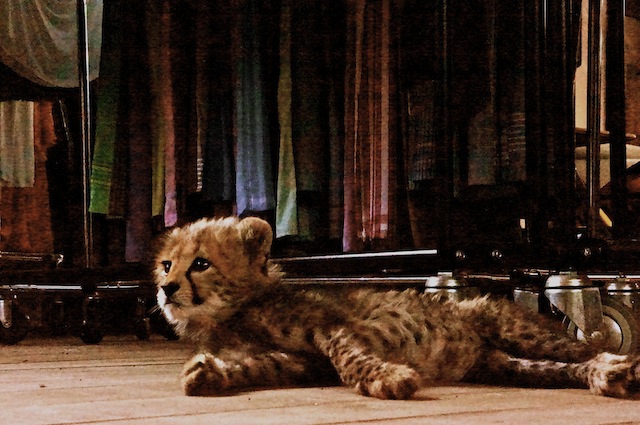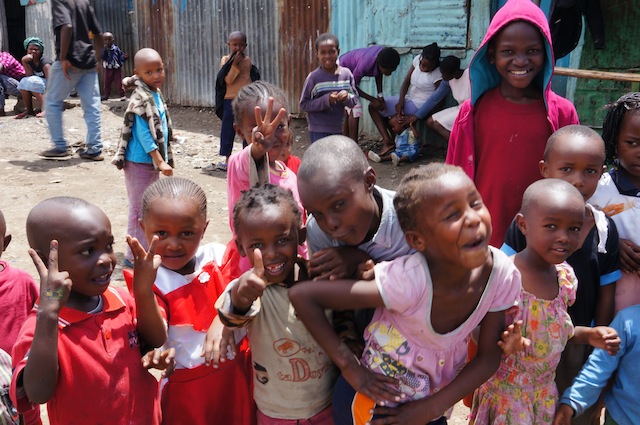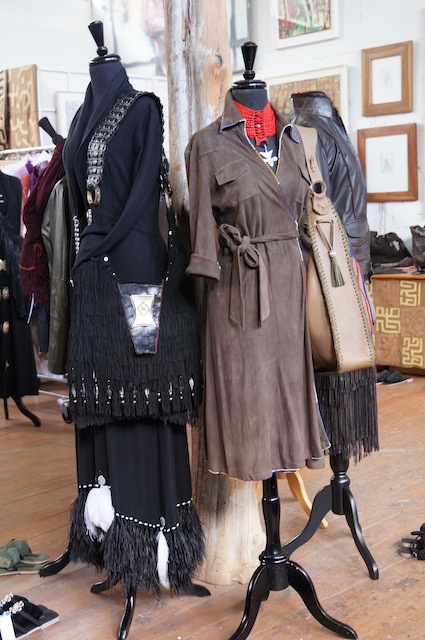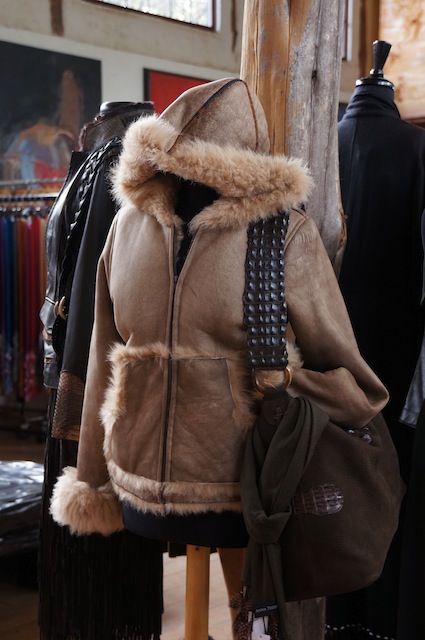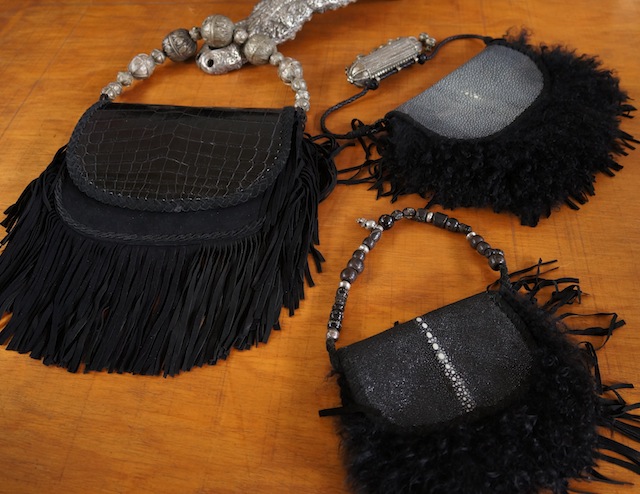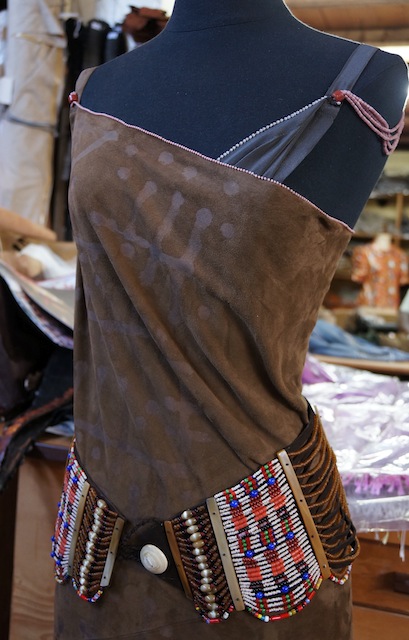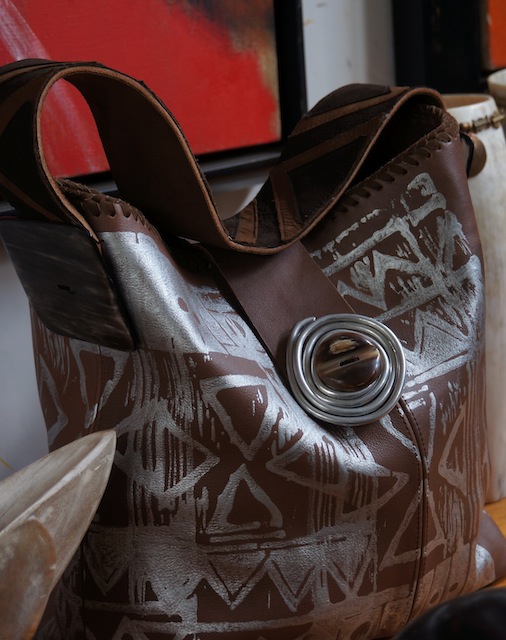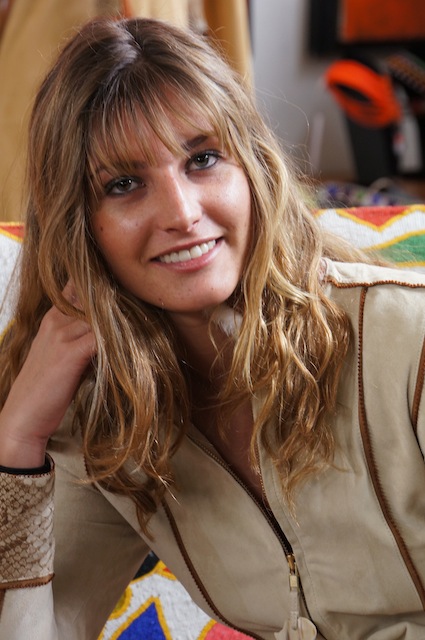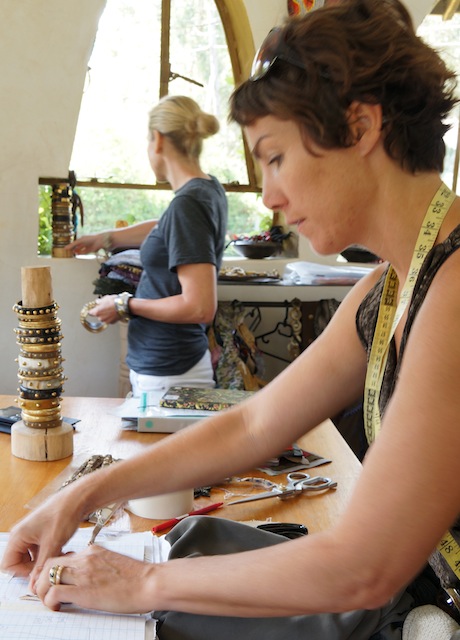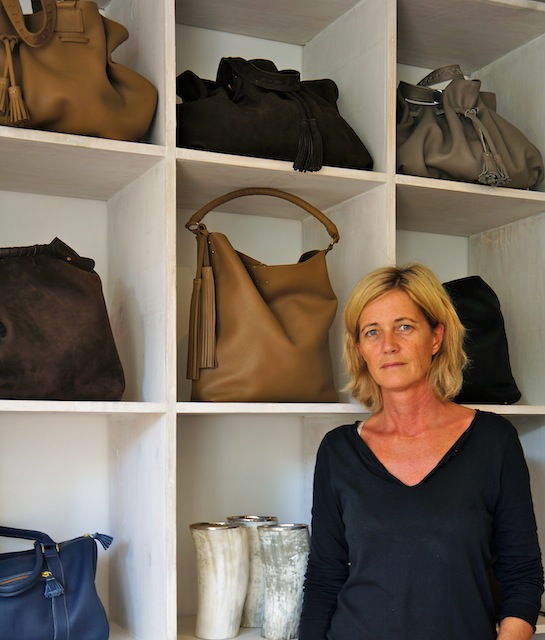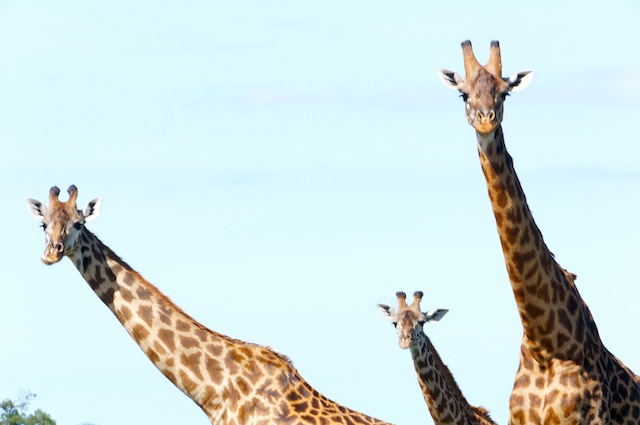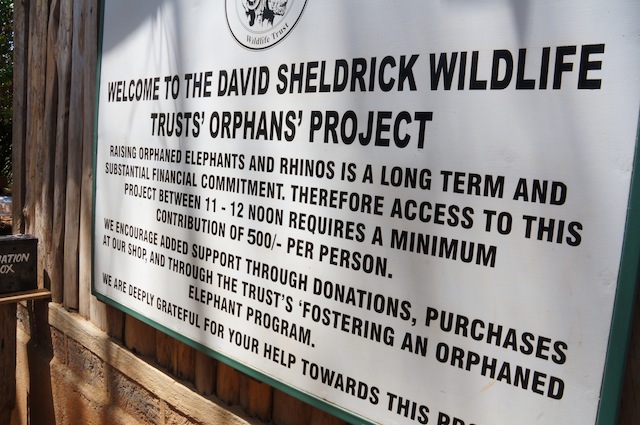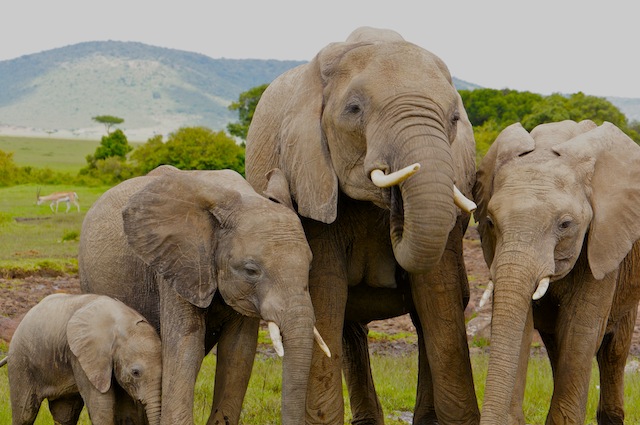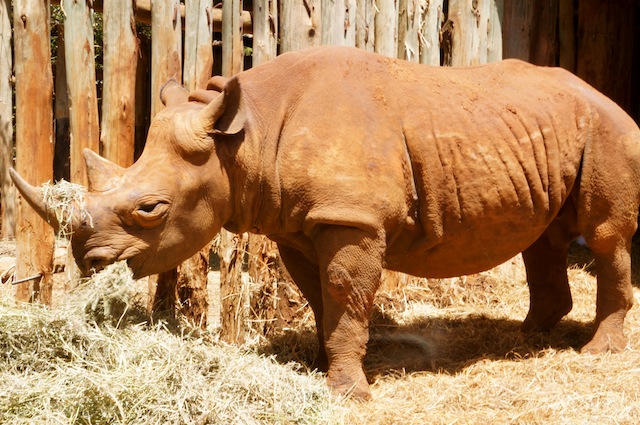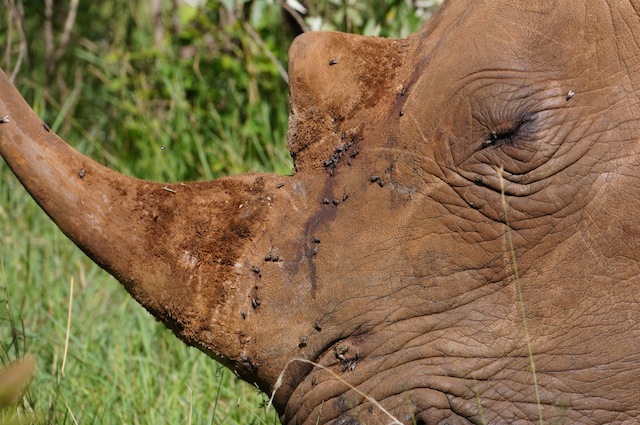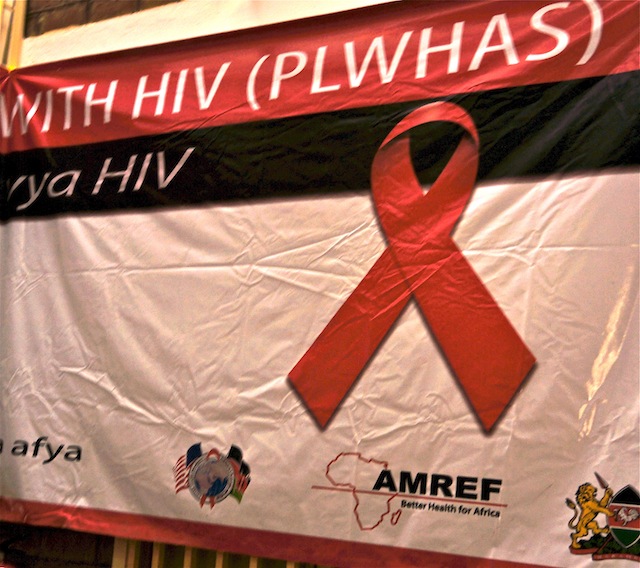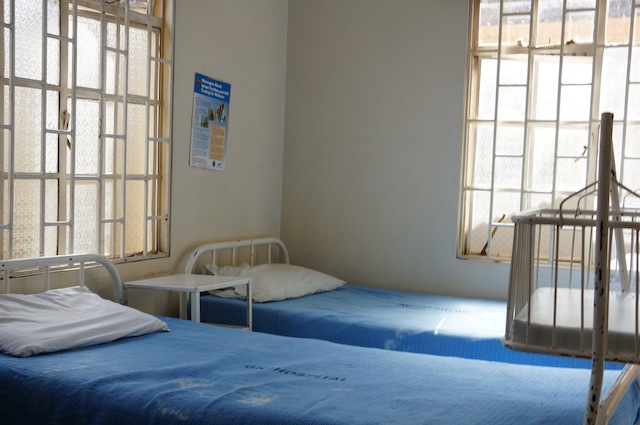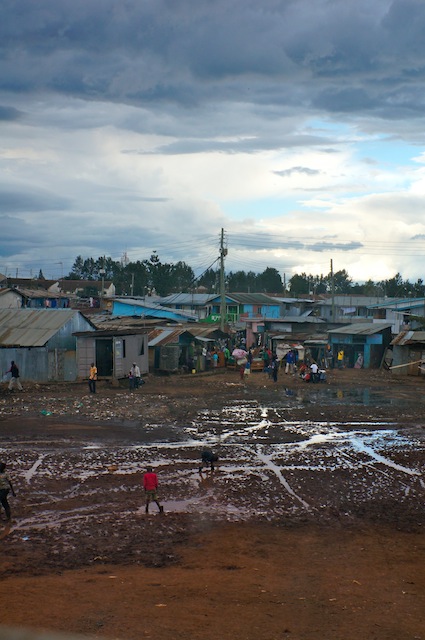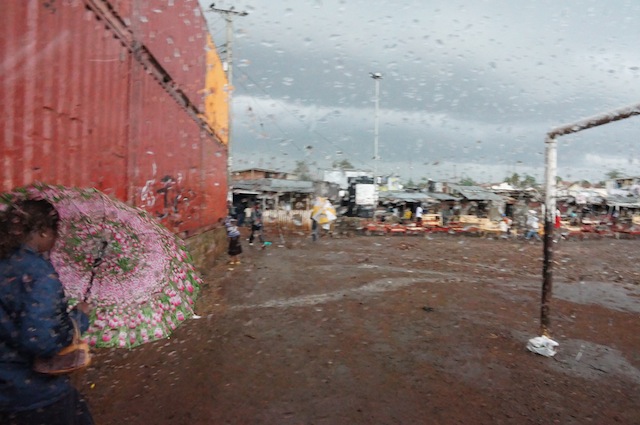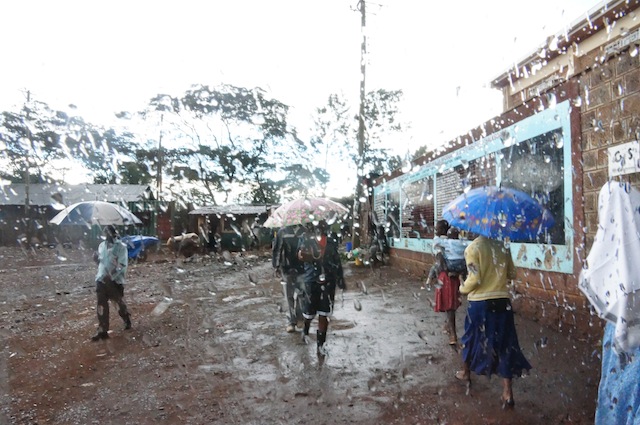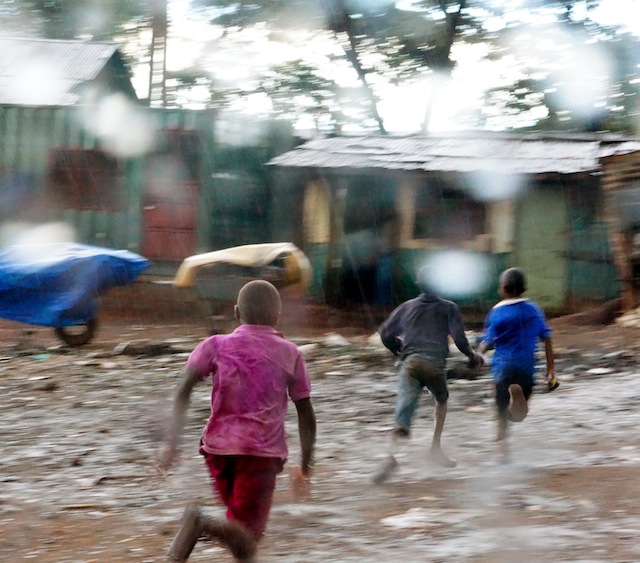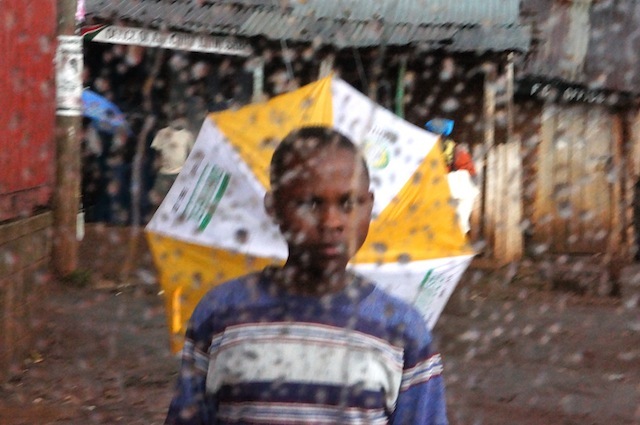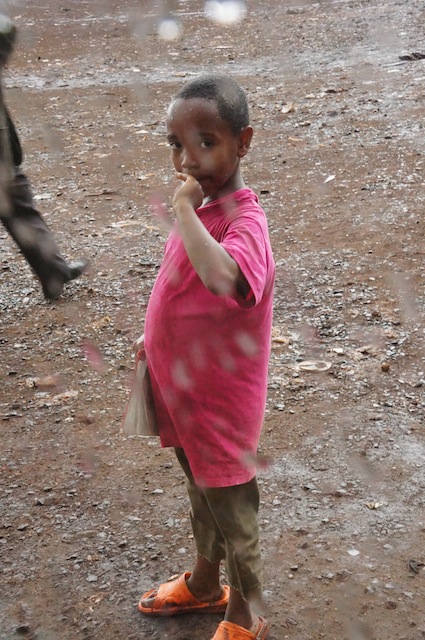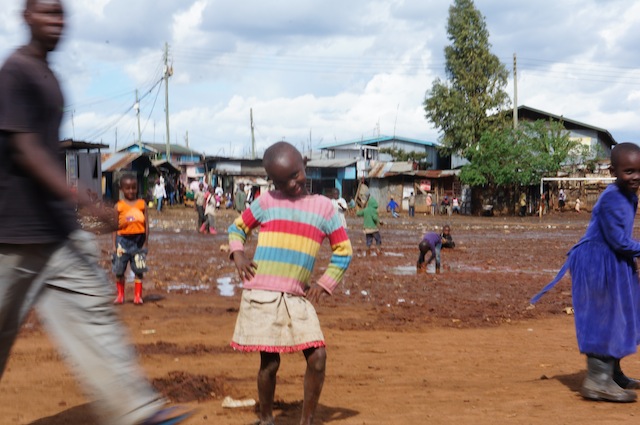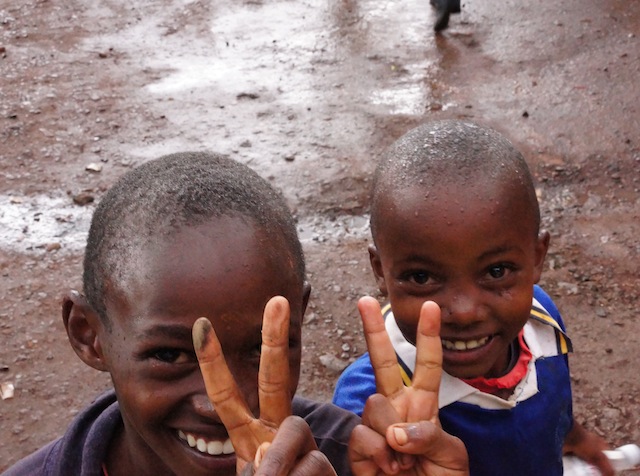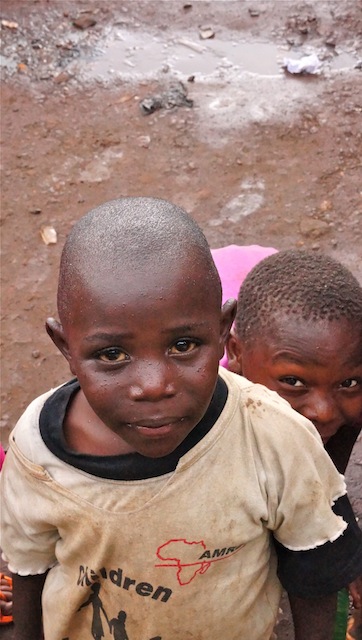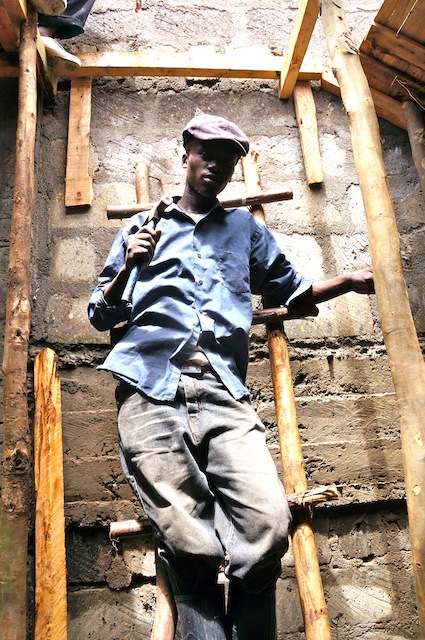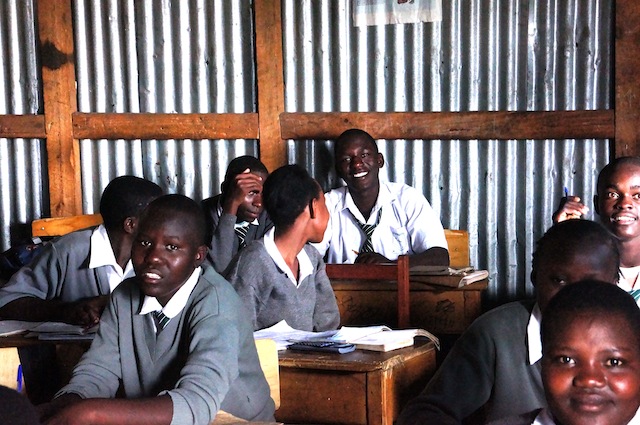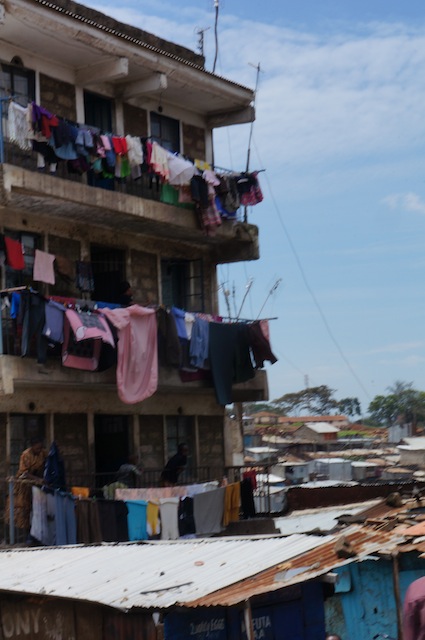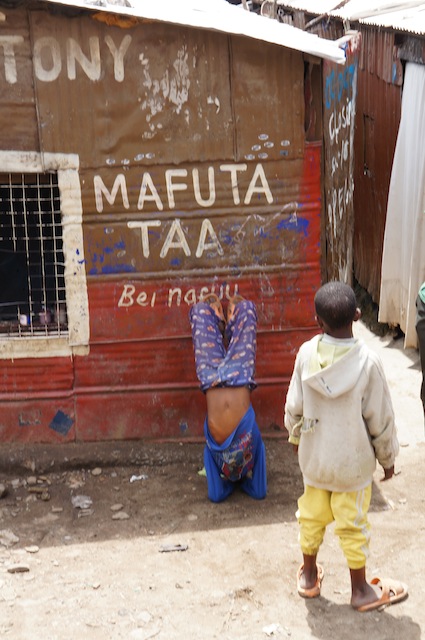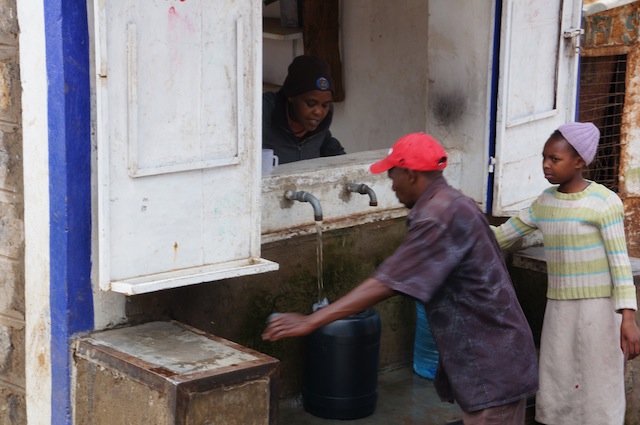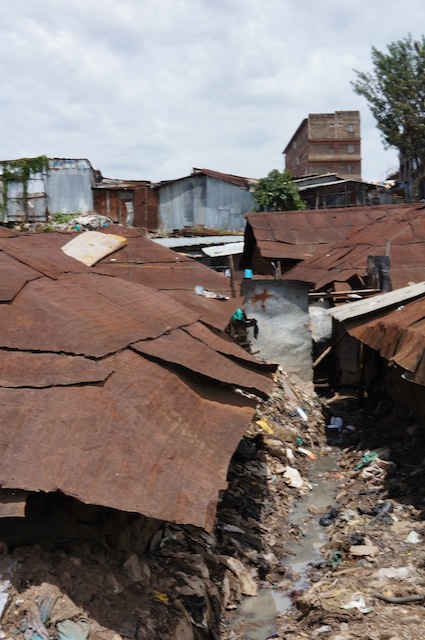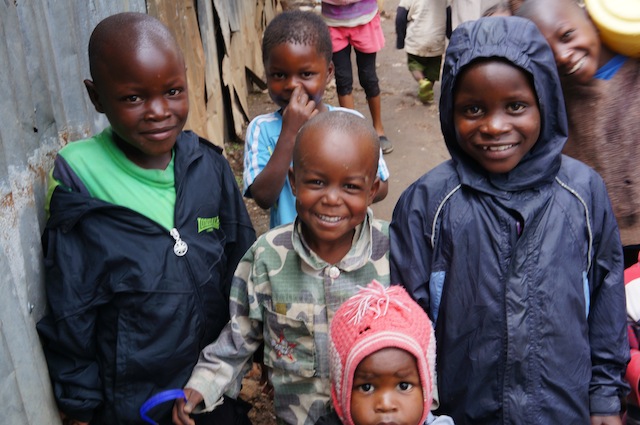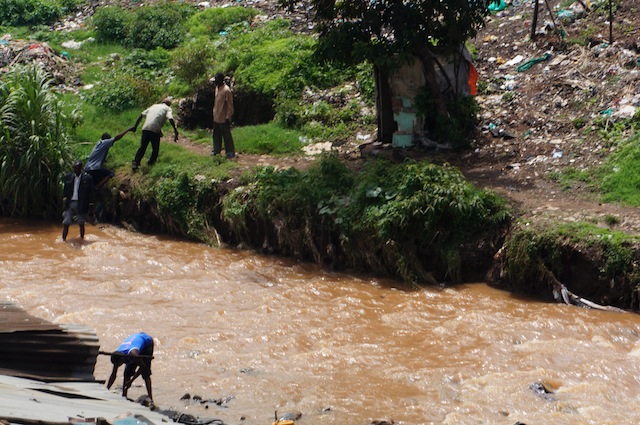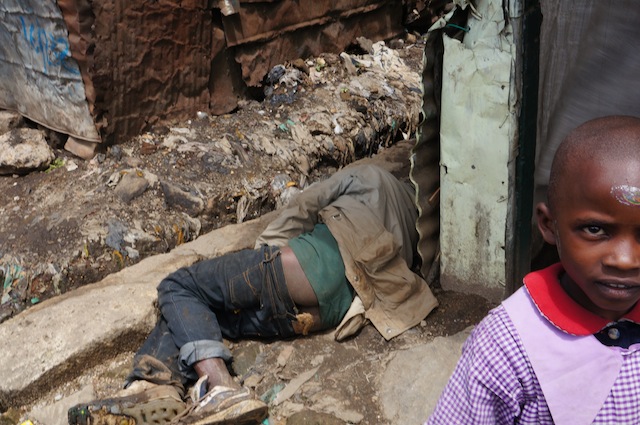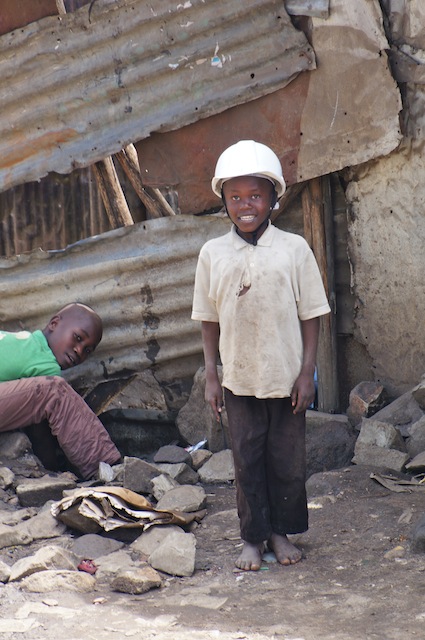Nairobi, Kenya: From Extreme Rags to Riches, Charity, Design and Hotels

Kibera Slum, Nairobi, Kenya. The largest slum in Kenya and second in Africa. While no one knows the real number, the estimates range from 800,000- 1,000,000+ living in the slum.
Nairobi is a city of the most extreme diversity. After weeks in the bush, it felt great to wash off the dirt and wear the limited non-safari gear in my bag. Admittedly, Nairobi gets a bad rap. Sure, you have to use your head, however, this city has become one of my favorite places on this earth– in large part to the millions of Kenyan smiles you are greeted with at every turn no matter the race, ethnicity or income level of the people you meet. In a day, you can start with a morning run around the giraffe centre in Karen (a wealthy suburb), pop by a local designer (see a few favs below) and visit one of the many charitable organizations working within the slums of Nairobi. Word of warning: make sure to leave yourself the time. The traffic is maddening, fighting the maniac matatu’s (they make NY taxi drivers look like angels) on the “roads” (to be used loosely) can take you a few hours to get from point A to point B.
This three month old cheetah has a calcium deficiency. Local designers, Anna & Lana Trzebinski (Anna’s daughter) are nursing him to health before releasing back into the wild. In the meantime, this guy just runs around Anna’s shop!
NAIROBI INDEX:
1. Where to stay
2. Local designers
3. Cultural and family activities
4. The slums and the charities that support them (AMREF and OneLifeAfrica)– a life changing experience and you can trust that your donation (time or money) is in the hands of the right people.
1. WHERE TO STAY:
I’ve heard great things about Giraffe Manor and House of Waine, though I didn’t personally stay at either. Rumor has it, they are on the very high-end side of things. While I love a good pampering, I prefer more relaxed and under stated luxury. I was not disappointed with Cheli&Peacock’s recommendations of Ngong House (tree houses and one of the best shops EVER) and Hogmead (like a very large home and great views of the giraffes). Reviews of each are on my “Sleeping Around” page.
2. FAV LOCAL DESIGNERS:
– Anna Trzebinski, born in Kenya and married a Masai whom she met while on a camel safari up North. In addition to being an amazing high-end fashion and home ware designer, she also helped create the “look & feel” of Lemarti’s Camp in Northern Kenya (her husband, Lemarti, runs the lodge). I walked out with a beautiful beaded wrap dress, sandals from the latest collection and a signature handbag. Visits can be arranged to her studio or you can order through her website. Typically a two-week turn-around for delivery to the states. Prices begin at $400 USD.

The designer (back left) inspecting a one-of-a-kind bag and some of her local employees beading and feathering Anna’s latest creations.
– Lana Trzebinski (below), is currently working out of her mother’s shop. At the ripe old age of 19, she is making very chic, more casual/beachy wear. Moderately priced in the $70-$200 USD range. From jersey dresses, chic t-shirts, horn-buckle belts (got one) and African printed skirts (also bought one of these).
– Penny Winter, Belfast born designer, married to Paul, owner of Ngong House– where her shop is located. Let’s say I bought a pair of horn earrings that I’ve not taken off in weeks and a necklace. While her jewelry is amazing and decently priced ($60 USD+), her clothing is even more unique ($250 USD+). I walked out with an olive green silk cat-suit (which screams, “I’ve been on safari” and this is the silk version) and a cream canvas blazer to match. A custom ordered chocolate brown leather jacket with horn buttons is being made as we speak and shipped to the USA. The shipping is what will get you, so order lots from her site or better yet, go in person. She also has great scarves, belts and dresses.
– I was sent to Charlotte Lefebvre of Bush Princess by Penny Winter. Certainly the most reasonably priced local designer I’d met yet. When I found the handbag design I loved (Amber XL), but wanted in olive green suede vs. grey, she had made at my request in under 24-hours (only about $200 USD). In addition, I couldn’t help but buy myself a cow-hide clutch (approx $50 USD) and plenty of gifts for friends and family.
3. CULTURAL & FAMILY ACTIVITIES:
– Karen Blixen Musuem & Gardens: Karen Blixen (1885-1962) is famous for her memoir, Out of Africa. She wrote in English, after living on a coffee farm in Kenya from 1914 to 1931. If you are staying in Karen and or a fan of Out of Africa, I would suggest popping by for a quick visit and rose lunch in the gardens.
– Giraffe Center: The Giraffe Center was founded in 1979 with the mission to create an educational institution in conjunction with rescuing the endangered Rothschild giraffes. A great activity especially with younger children.
– Nairobi National Park is the only protected area in the world close to a capital city. The park is located only 7 km from Nairobi city center. Major wildlife attractions are the Black Rhino, lion, leopard, cheetah, hyena, buffaloes, giraffe, zebra, wildebeest, elands and diverse bird life with over 400 species recorded. Other attractions include the Ivory burning site Monument, Nairobi Safari Walk, the Orphanage and the walking trails at hippo pools.
Note: while I was staying at Hogmead, two lionesses escaped the park and were roaming around Karen…
– The David Sheldrick Wildlife Trust is a small charity (began in 1977) to honor Naturalist, David Leslie William Sheldrick MBE, who founded Tsavo East National Park in Kenya (8069 sq. miles) which is home to Kenya’s single largest population of elephants and a greater biodiversity of species than any other park in the world. In a country where an expanding human population is making increasing demands on the land, there is no better form of land use for this region than under wildlife. Tourism is a main source of foreign exchange for the country.
The Trust was also the pioneer of Kenya’s conservation strategy to retrieve the highly endangered Black Rhino from extinction, something that has been emulated elsewhere in Africa. It masterminded the concept of electrically fenced enclosures within the Protected Areas so that outlying survivors of the species could be concentrated for breeding purposes. Aside from purchasing Crates and constructing Relocation Holding Stockades, the Trust was instrumental in the establishment of Kenya’s first enclosed Rhino Sanctuaries in Tsavo West and Lake Nakuru National Parks. It also pioneered the free release of excess animals from these Sanctuaries into Tsavo East, mindful of the fact that should security collapse (as it has in the past), enclosed rhinos are more at risk than those living free.
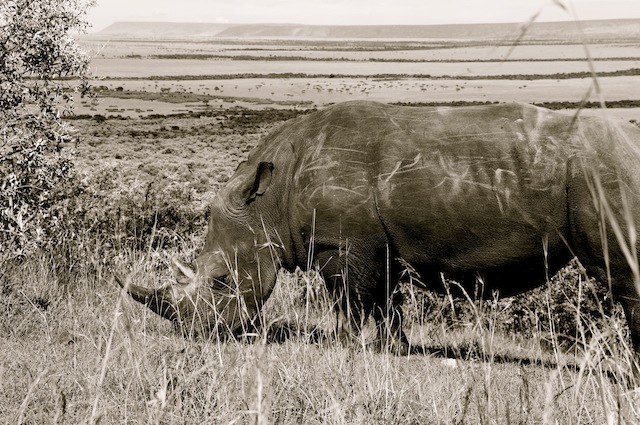
Rhino in the Masai Mara, Kenya. She is one month from giving birth (they carry babies for 16 months!).
4. THE SLUMS AND THE CHARITIES WHO SUPPORT THEM:
Did you know that 70% of the 2.3 million residents of Nairobi live in the slums and earn $2 per day or less? Many of the children that live in the slums receive an elementary education with the help of foreign donors. Secondary education and a possible career can most likely not be afforded. Charities like AMREF and OneLife Africa are working in the some of the largest slums in the world to break the poverty cycle and give these kids a chance, pictures from my slum visits below.
A. African Medical and Research Foundation (AMREF), in the Kibera slum, Nairobi, Kenya. AMREF’s vision is for lasting health change in Africa: communities with the knowledge, skills and means to maintain their good health and break the cycle of poor health and poverty. AMREF believe in the inherent power within African communities – that the power for lasting transformation of Africa’s health lies within its communities. AMREF works to ensure that every African can experience the right to good health by helping create vibrant networks of informed communities that work with empowered health care providers in strong health systems.
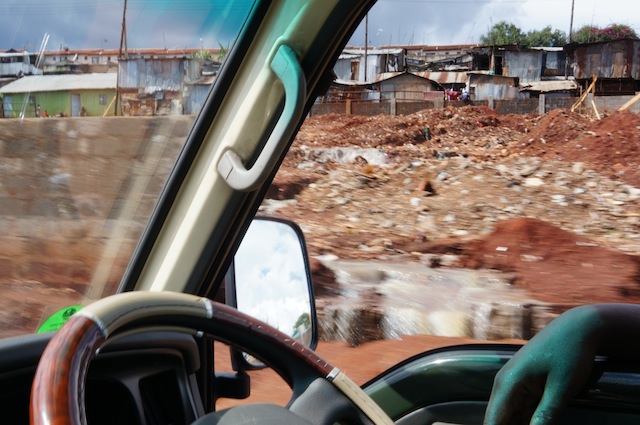
Driving into the Kibera slum, I was instructed to hide my camera and sit in the back seat. Clearly I didn’t listen to either.

Students supported by AMREF who act as advocates at their local schools, their families and communities to promote both education and sanitary living practices.
B. One Life Africa, Nairobi, Kenya. One Life Africa brought me to the Mathare Slum, the oldest slum within Nairobi to see Valley View Primary School (40% of their participating students currently come from this school) to meet the students and see the challenges that they are overcoming every day by working towards a career through education. One Life Africa began a couple years ago to assist “qualified” grade eight students who didn’t have the money to continue onto secondary school. The program helps give these under privileged students a chance to succeed through both scholarship and mentoring. In year two, the program supports 73 students. One studying law at the university of Nairobi law school and 72 students are attending national and provincial boarding high schools in Kenya. Please visit their website to learn more about the program, to set up an in-person visit or to donate.
Valley View currently has over 887 students and 45 teachers. Valley View’s greatest need is to help increase the monthly salary of their teachers from $100 USD to $250 USD. Other than the obvious costs of living, this increase will help Valley View (a non-formal school, in simple terms means that they do not receive government aid, but their students do qualify to test for secondary school) offer “competitive salaries” to their teachers and help break the cycle of poverty for the students.
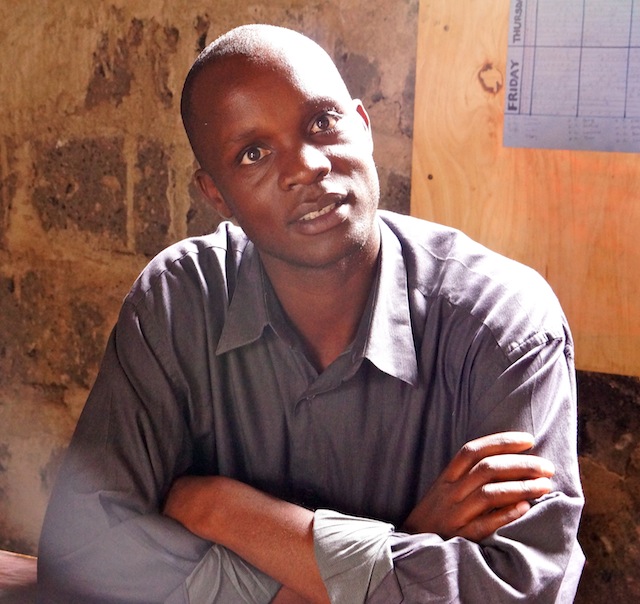
Moses Asumba, Head Teacher and Founding Principal of the Valley View Primary School, 37 years old and grew up in Mathare.
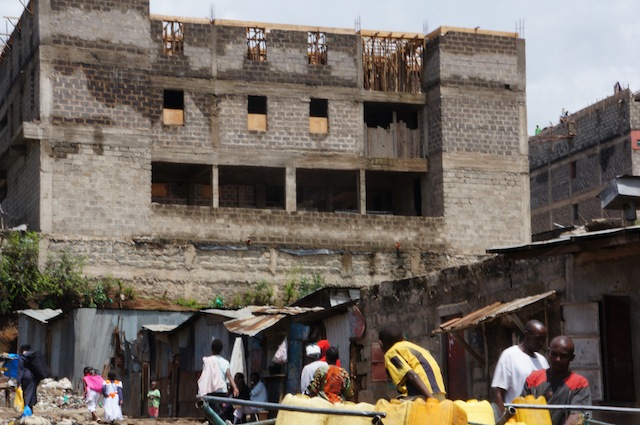
Valley View Primary School, currently houses over 500 students, by fall term (September), the number will increase to 887.
 Founders Andrew (back right) and Stephanie (front right) of One Life Africa. Head Teacher and Principal of Valley View Primary School in the Mathare Slum, Moses Asumba (back, mid-right). Graduates of Valley View and current secondary students in the One Life Africa program with their parents.
Founders Andrew (back right) and Stephanie (front right) of One Life Africa. Head Teacher and Principal of Valley View Primary School in the Mathare Slum, Moses Asumba (back, mid-right). Graduates of Valley View and current secondary students in the One Life Africa program with their parents.
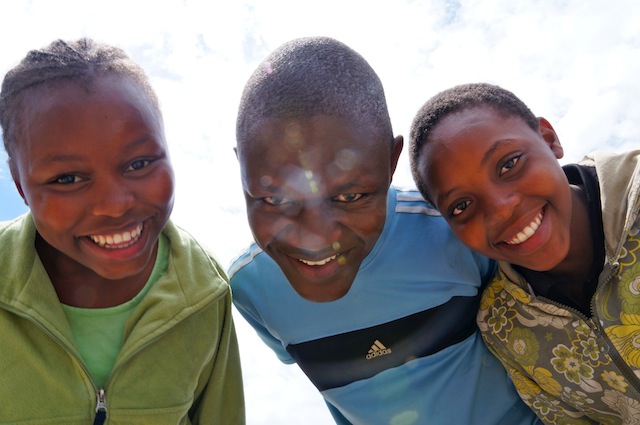
Graduates of Valley View, secondary students and participants in the One Life Africa program. Rosemary ((left) graduated first in her class from Valley View last year, Hillary (center) was one of the first students accepted into One Life Africa two years ago and Lillian (right) one of the top graduates from Valley View last year. While undecided, each want to explore a career in the medical field to return and help their communities.
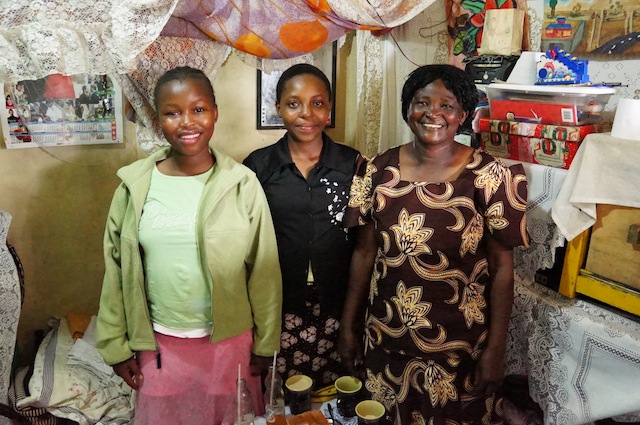
Lillian (student in middle), her mother right and her best friend Rosemary (right) invited us to their home (that’s it, this room) in the Mathare Slum for chai (tea), buttered bread and bananas.
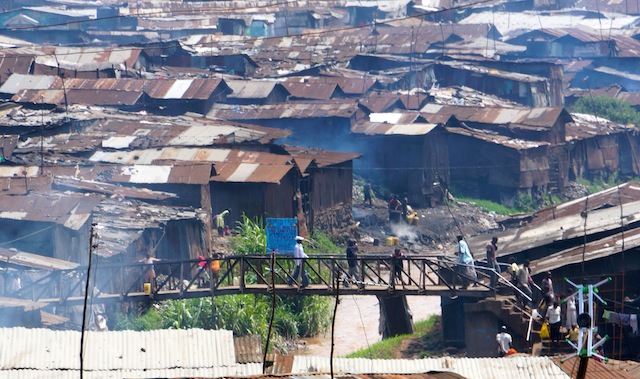
Bridge over the contaminated river, connecting the Mathare Slum, Nairobi, Kenya. The total population is unknown, but guesstimated at 750,000-1,000,000+ people.
